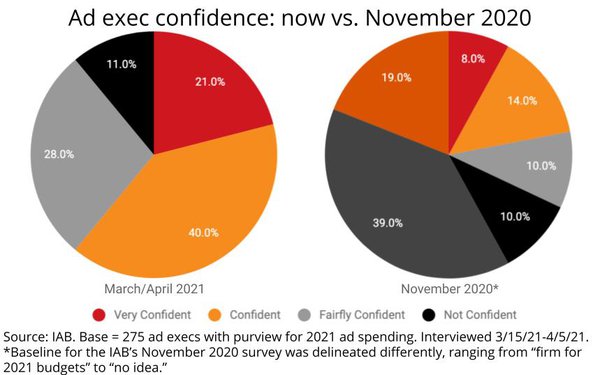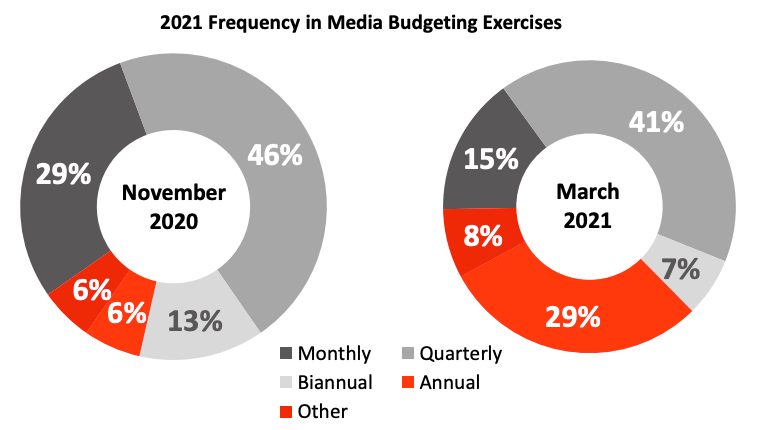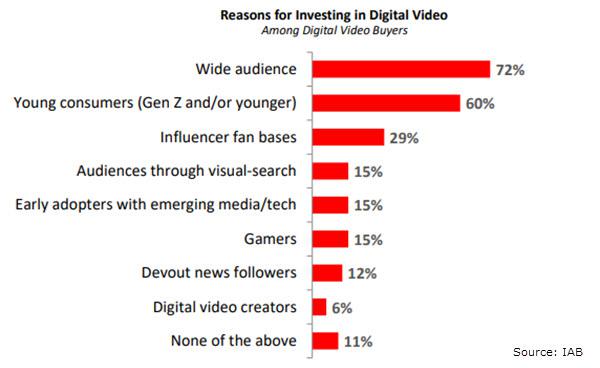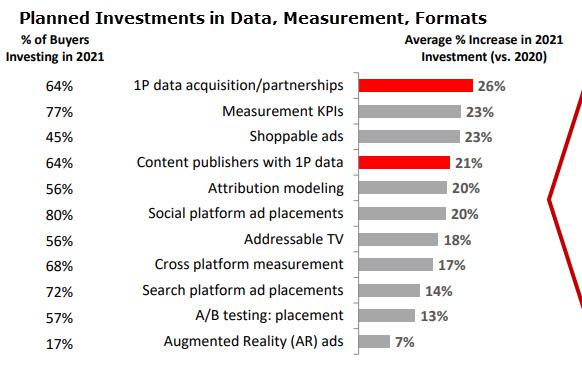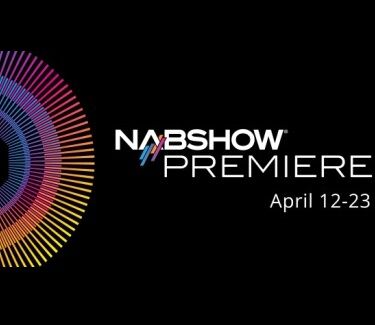After Strong 2H 2020, Q1 Sports Ad Spend Down 28% YoY
- by Karlene Lukovitz @KLmarketdaily, Yesterday

Although the U.S. advertising market as a whole saw record expansion in March, ad spend across major sports leagues in this year’s first quarter was below 2020 levels, according to Q1 data from MediaRadar.
After plummeting 84% year-over-year in last year’s second quarter (from $1.4 billion to $221.74 million) due to pandemic-forced shutdowns, ad spending on NFL, NASCAR, NBA, MLB and NHL games and events rebounded strongly during the rest of 2020, as games and limited seasons resumed.
In Q3, year-over-year ad spend significantly exceeded 2019 levels, leaping 59%, from $1.29 billion to 2.05 billion.
The same pattern applied in Q4, the biggest sports quarter of the year, when ad spend rose 9.5% YoY, from $4.02 billion to $4.4 billion.
However, the $1.99 billion spent in this year’s first quarter — while 23% higher than 2019’s $1.62 billion, was down 28% versus largely pre-pandemic Q1 2020’s $2.75 billion.
Looking at by-category trends, despite the overall drop in spending in Q2 2020, the relative shares of total spend for three of sports’ largest categories — tech, finance and entertainment — saw only modest changes between 2019 and 2020.
Automotive saw the largest decline during 2020, from a 15% share to 12%, reflecting a 10% decrease in overall sports spending during the year.
Tech’s share declined from 16% to 15%.
Finance and entertainment each picked up 1 percentage point, for 2020 shares of 15% and 13%, respectively.
Overall, the tech, finance, and entertainment categories spent $3.9 billion in 2020 — up 13% versus 2019.
MediaRadar's data reflect advertising analysis of more than 3.1 million brands across media platforms including TV, digital, mobile, email, social media and print.



